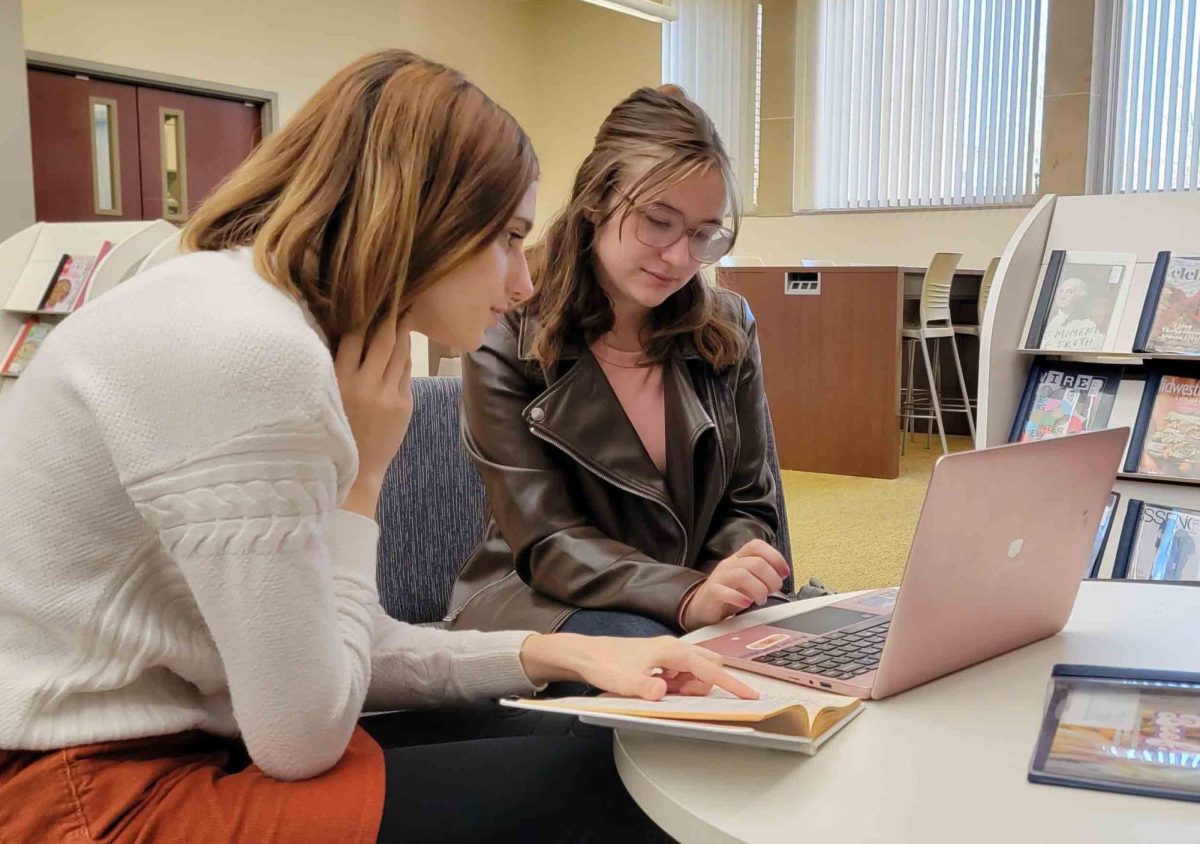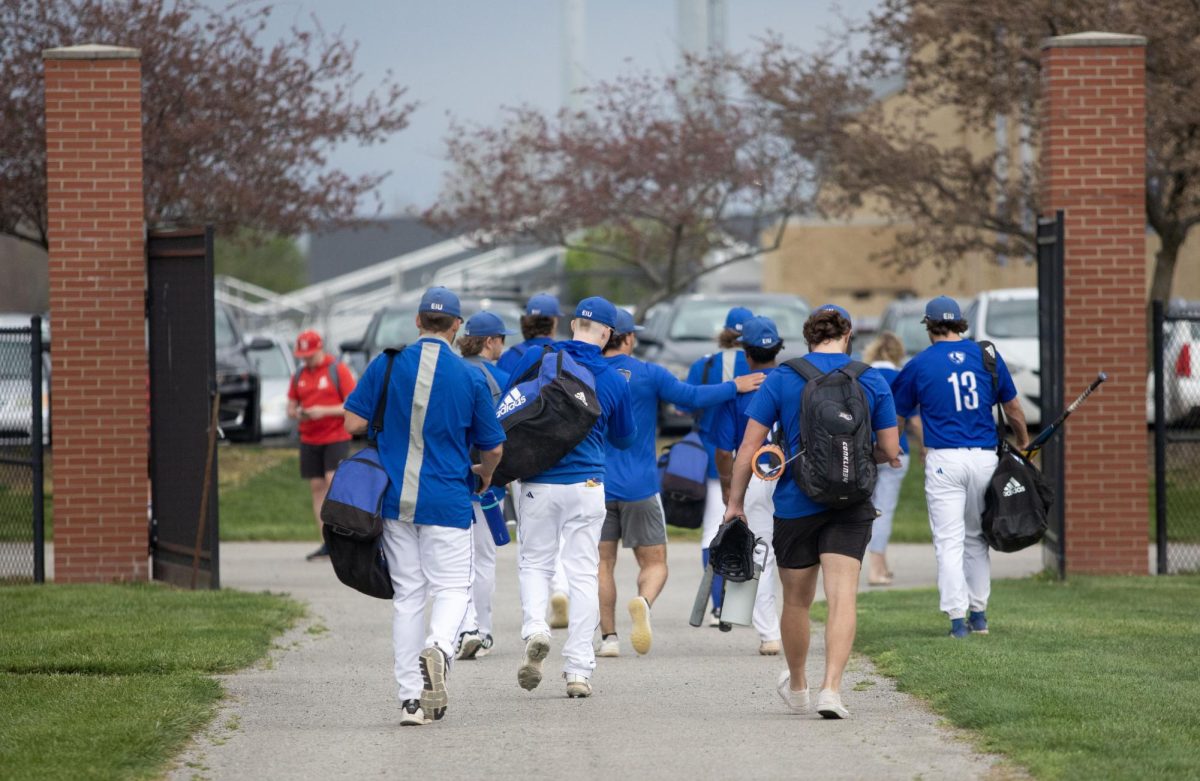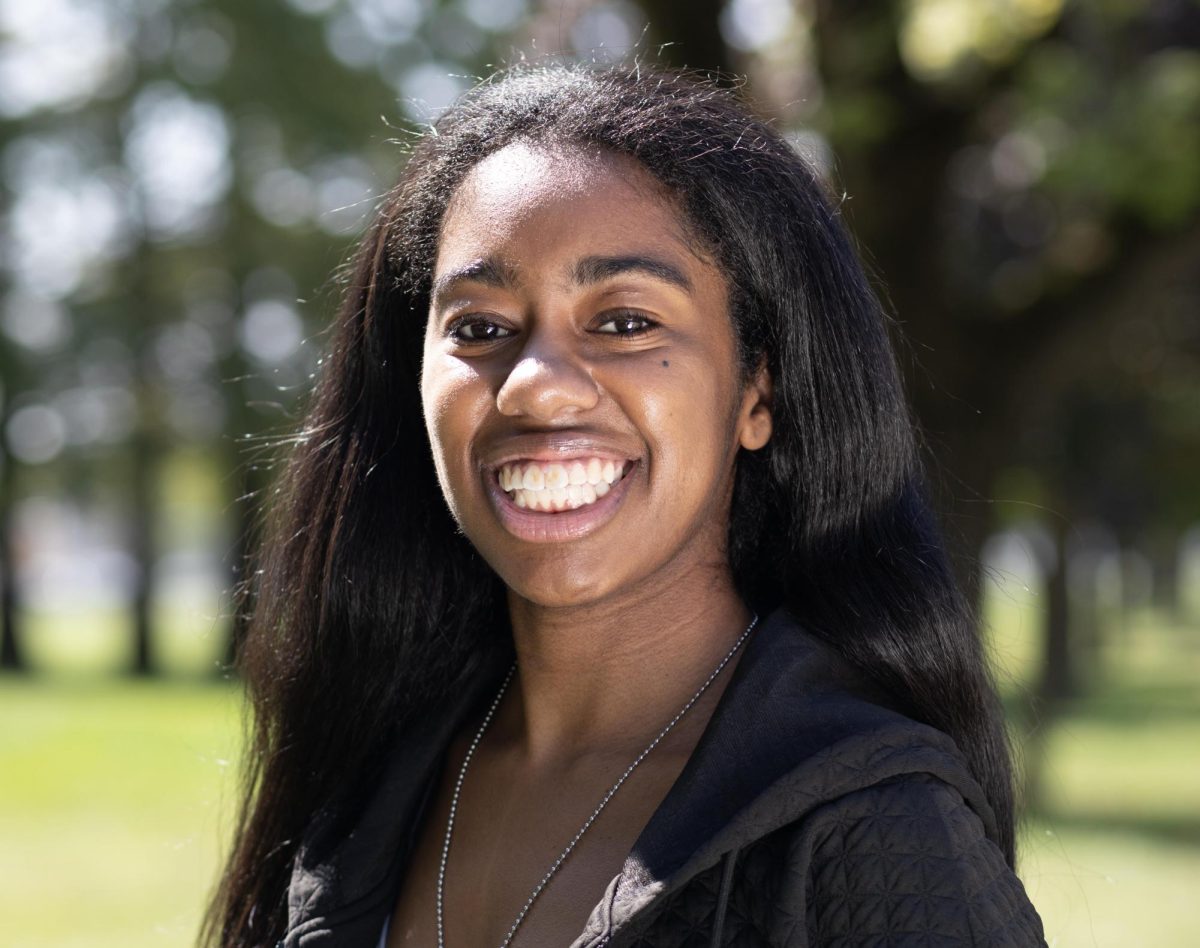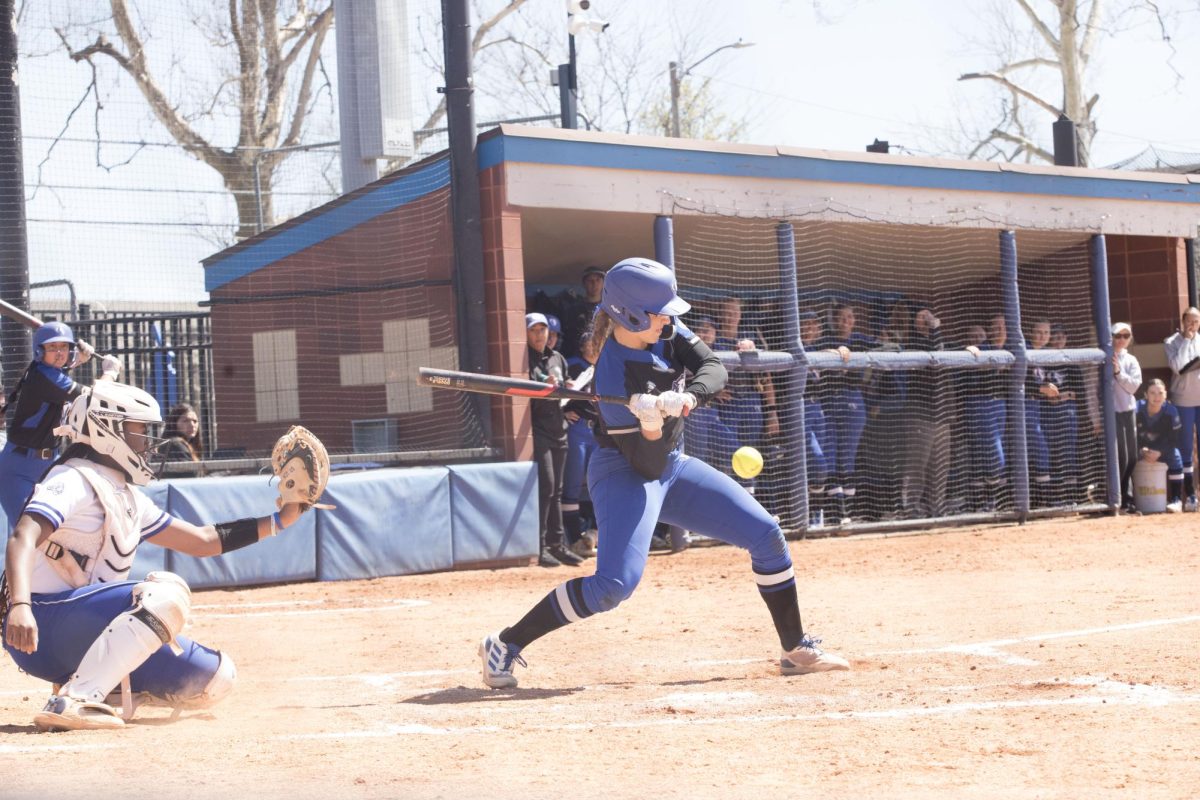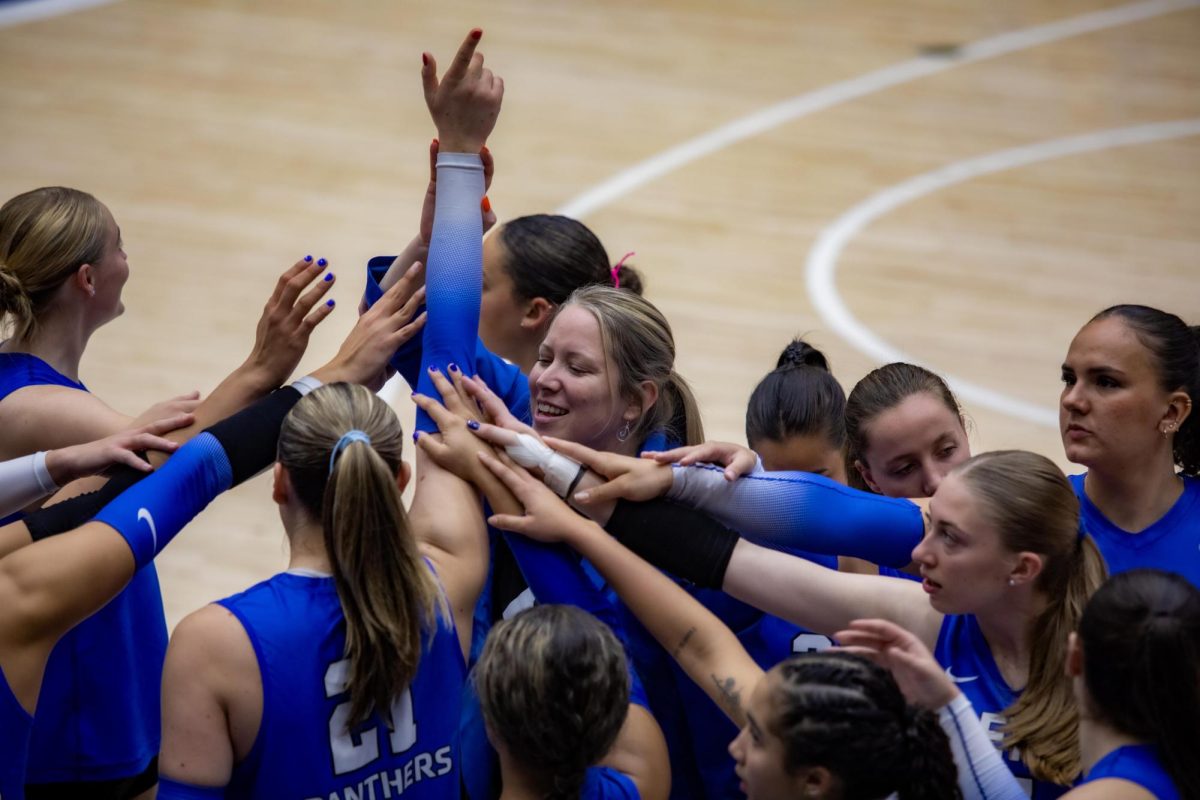Lincoln lives on in Coles County
Sleeping in or taking a mental break on Lincoln’s Birthday may be tempting, but taking a trip back in time to one of Charleston’s historic sites will give students a sense of the 16th president’s connection to the community.
Lincoln Log Cabin
The Lincoln Log Cabin State Historic Site allows visitors to take a look at rural 19th century Coles County and see how Lincoln’s family would have lived by interacting with historical interpreters at a replica of the Lincoln family’s cabin and farm.
“People can see the extreme contrast of the way we live now and the way people lived in 1845,” said Frank Fraembs, a volunteer at the site.
In 1840, Thomas Lincoln, Abraham Lincoln’s father, bought some land south of Charleston called the Goosenest Prairie Farm. After the purchase, Thomas Lincoln and his wife, Sarah Bush Lincoln, built a small two-room cabin on the land, which would be the couple’s last home.
Abraham Lincoln was already working as a lawyer in Springfield when his father built the home and was not able to visit them often, though his work frequently brought him to the Coles County Courthouse in Charleston.
“Abraham really wanted to get away from the kind of life his father lived,” Fraembs said.
Despite his busy schedule, Lincoln still found the time to visit his parents at the farm every so often.
The original cabin was taken to the Chicago World’s Fair in 1893 and lost afterward, possibly used as firewood. The cabin that now stands on the site is an accurate replica based on the many photographs of the original cabin, complete with furnishings and other items from the 1840s.
But what really makes the site spring to life is the historic interpreters who live, speak and work as if it was 1845. Clad in 19th century clothing, volunteer pioneers tend livestock, wash laundry, churn butter and spin wool.
Fraembs said the interpreters tell stories and answer any questions visitors have about life in 1845, which makes the experience much more interactive and realistic.
“You would think you were really talking to someone from 1845,” Fraembs said. “They are what makes this place different.”
Lincoln-Douglas Debate Museum
The Lincoln-Douglas Debate Museum, located on the east side of the Coles County Fairgrounds in Charleston, was built in 2,000 to honor the 1858 senatorial debate between Abraham Lincoln and Stephen Douglas.
Charleston was the host of the fourth in the series of seven debates, in which Lincoln and Douglas mostly argued the issue of slavery.
The museum features life-sized bronze sculptures of Lincoln and Douglas, exhibits and interactive displays to teach visitors about the debate. Visitors can also watch a short film that tells the story of the Charleston debate.
Karen Petersen, Charleston’s tourism director, said the museum offers visitors a unique glimpse into a piece of the town’s history.
“Students can get an appreciation of the characters of the past from the town they now live in,” Petersen said.
Downtown Mural
Abraham Lincoln made his last visit to Charleston in 1861 to say goodbye to his stepmother, Sarah Bush Lincoln, and visit his father’s grave at Shiloh Cemetery before leaving for Washington, D.C.
Diann Graham memorialized Lincoln’s final visit by freight train with a mural at the corner of Fifth Street and Monroe Avenue, in which the train can be seen moving into Charleston.
Glen Davies’ rendition of Lincoln’s farewell to his mother, Sarah Bush Lincoln, can also been seen on a mural at the corner of Fifth Street and Jackson Avenue.
The Lincoln Log Cabin, at 402 S. Lincoln Highway Road in ?Lerna, and the Lincoln-Douglas Debate Museum, at 501 Jackson Ave., will both be open Friday from 9 a.m. to 4 p.m.
Emily Reid can be reached at 581-7942 or at ejreid2@eiu.edu

